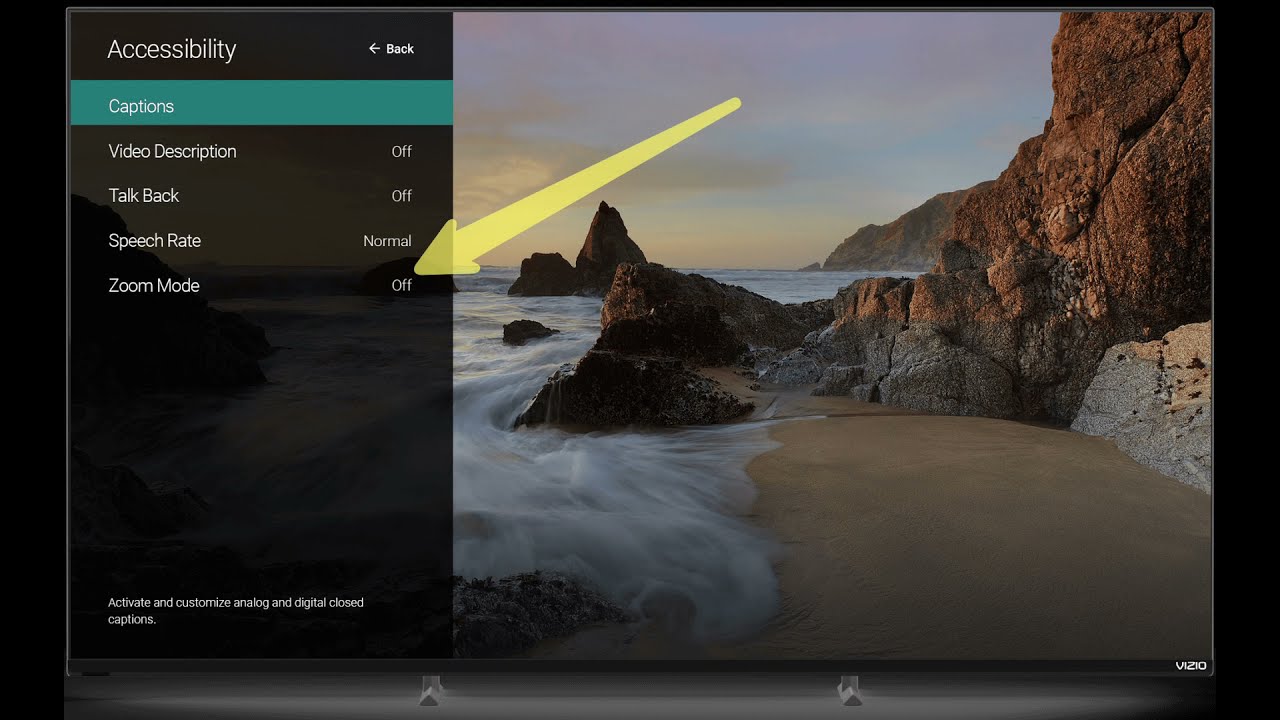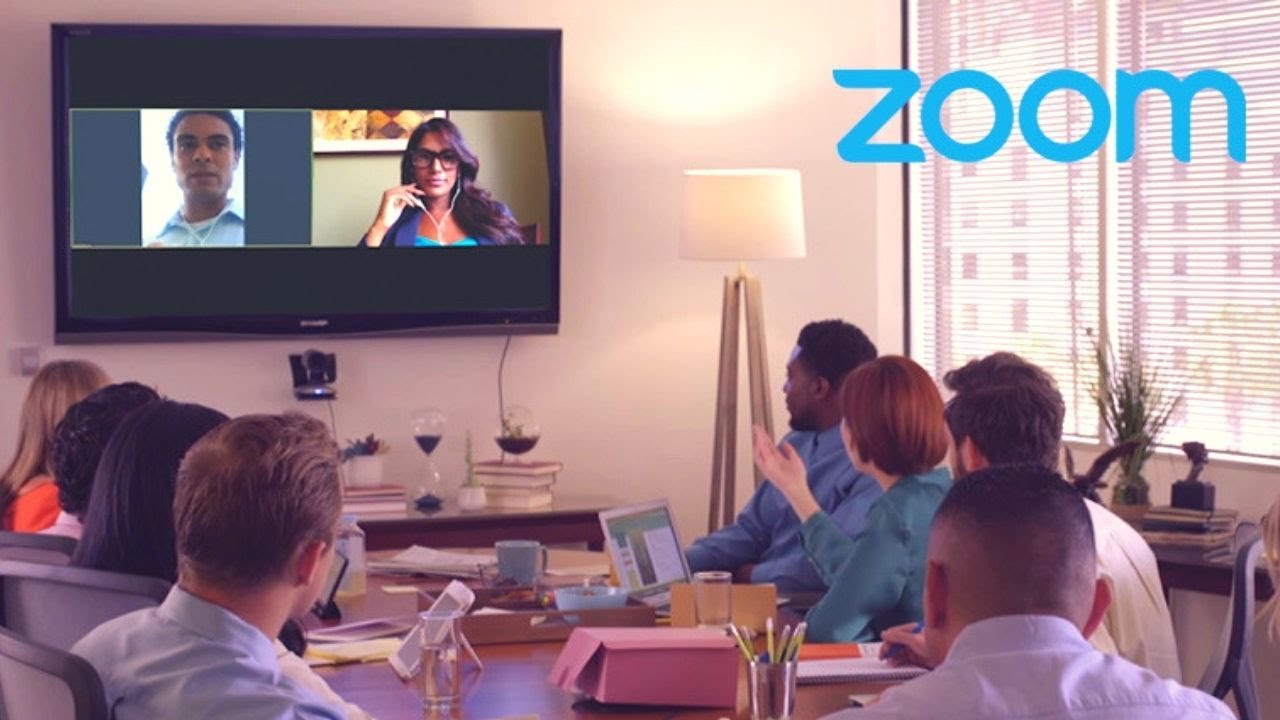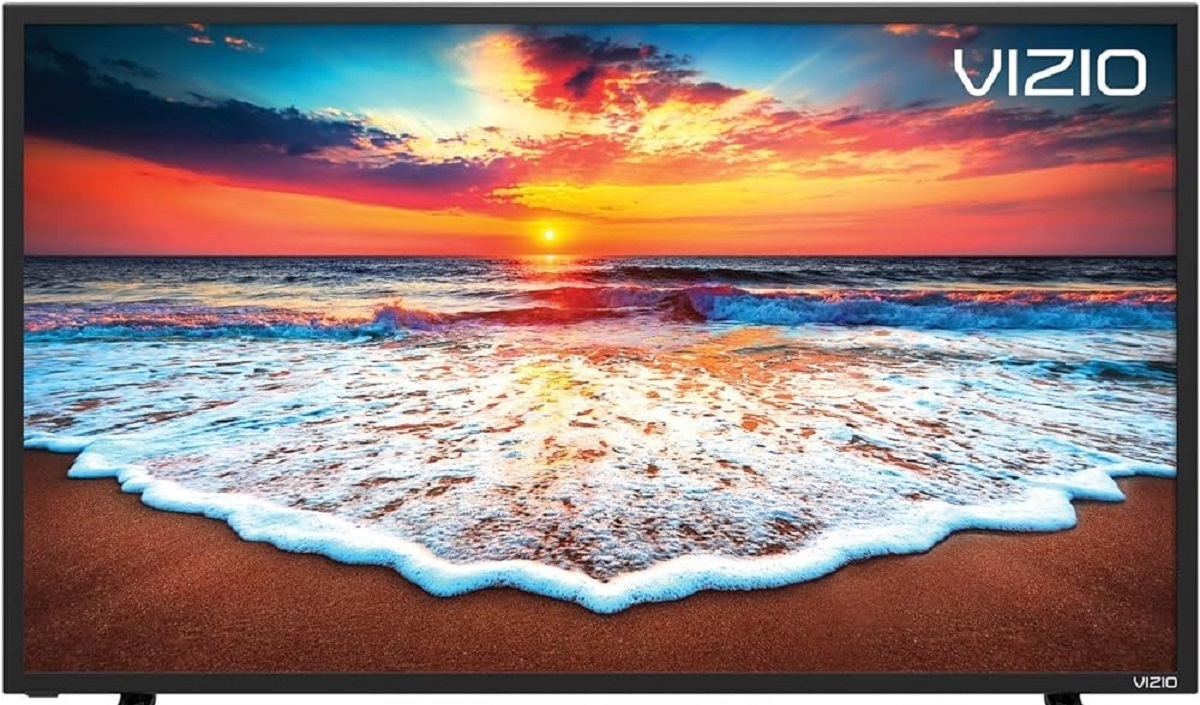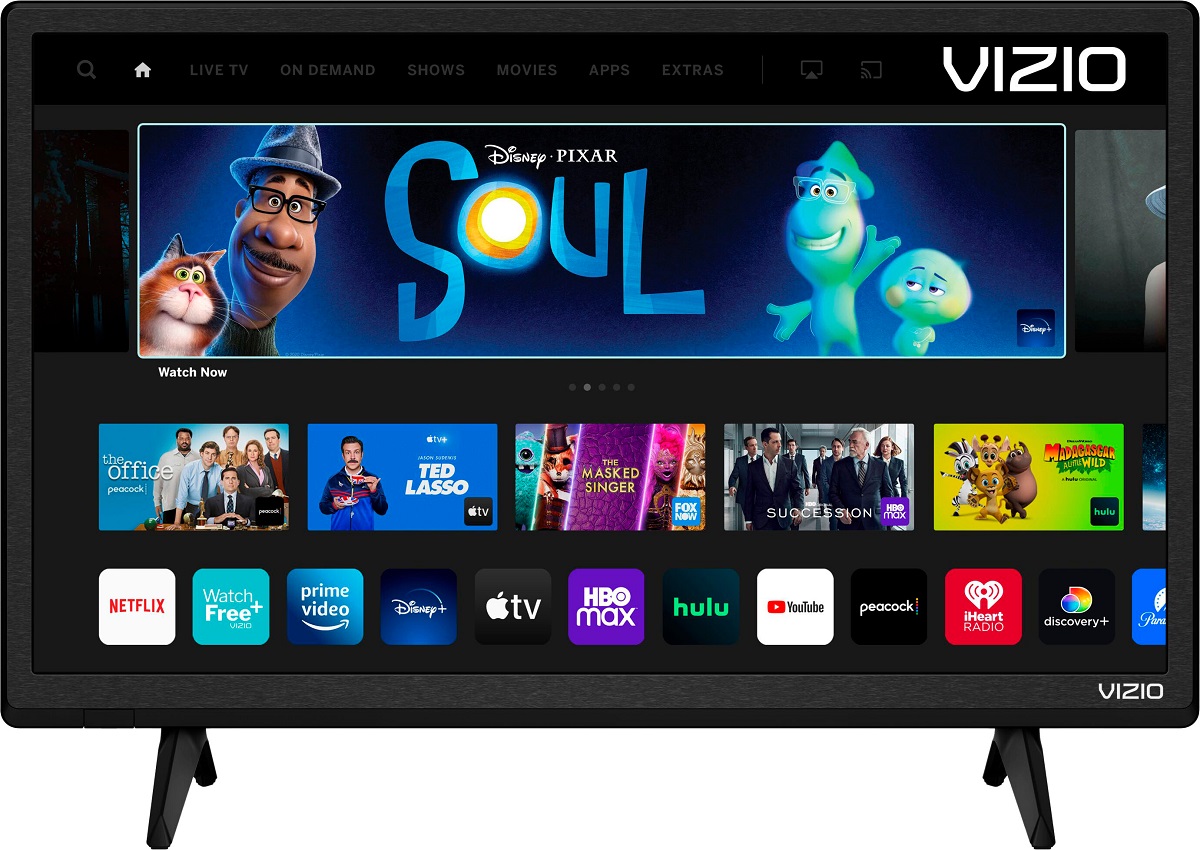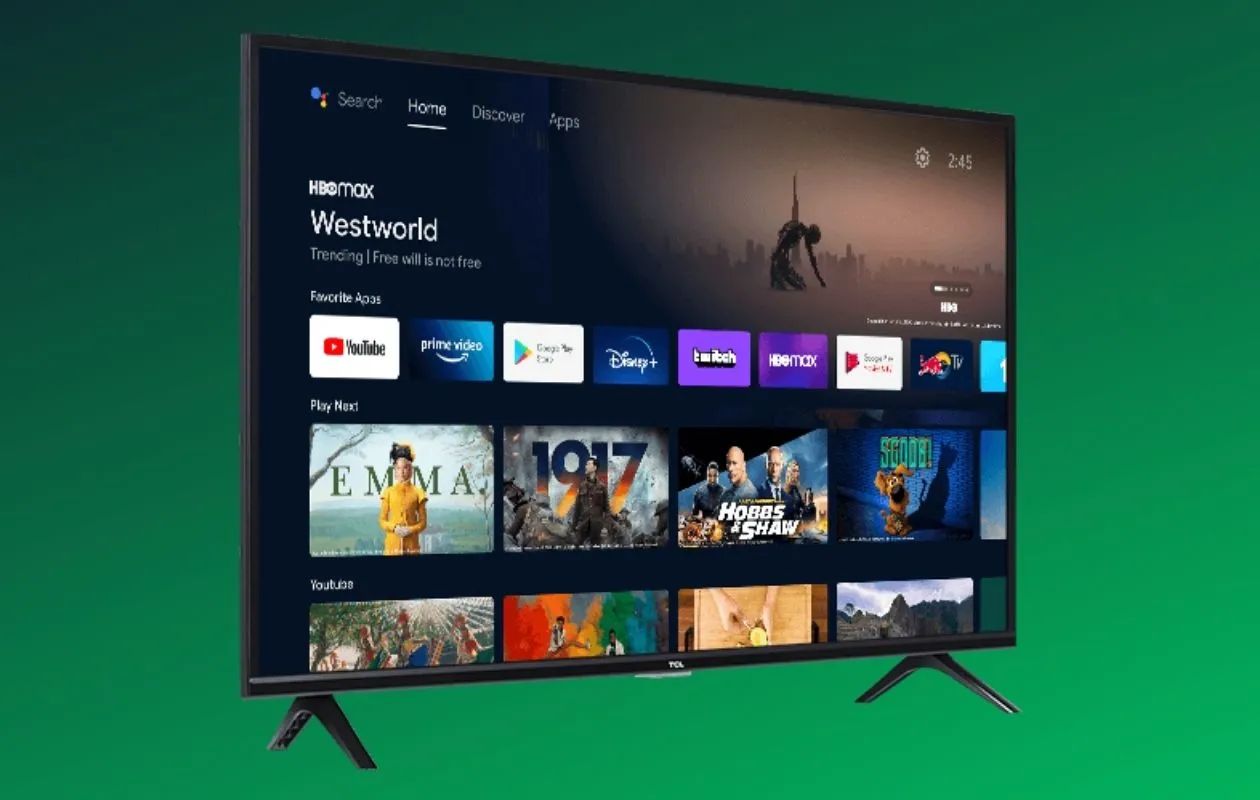Introduction
Smart TVs have revolutionized the way we experience entertainment in our living rooms. With their advanced features and internet connectivity, these devices offer a wide range of possibilities for streaming movies, watching TV shows, and even participating in video conferences. One of the key functionalities that many smart TV users are interested in is the ability to zoom in and out of the screen. Being able to adjust the zoom level can greatly enhance the viewing experience, particularly for those with visual impairments or to focus on specific details.
In this article, we will explore how zooming works on a smart TV and provide step-by-step instructions on how to use the zoom feature on different smart TV brands. Additionally, we will cover some tips for adjusting the zoom settings for accessibility purposes and troubleshoot common issues that may arise when using the zoom feature on your smart TV.
Whether you want to enjoy a closer look at intricate details in a TV show or movie, or you need to make content more accessible for those with visual impairments, knowing how to zoom on your smart TV can greatly enhance your overall viewing experience.
How Does Zooming Work on a Smart TV?
Zooming on a smart TV refers to the ability to enlarge or shrink the on-screen content to make it easier to see or focus on specific details. This feature utilizes the TV’s image processing capabilities to modify the display size without compromising the resolution. The process works by manipulating the pixels on the screen, either by enlarging them for zooming in or reducing them for zooming out.
Most modern smart TVs come equipped with built-in zoom functionality that can be accessed through the TV’s settings or remote control. The zoom feature on a smart TV typically allows you to adjust the level of zoom according to your preference. You can zoom in to get a closer view or zoom out to see a larger portion of the content on the screen.
The level of zoom available may vary depending on the specific smart TV model and brand. Some TVs offer a limited number of zoom levels, while others provide more granular control over the zoom settings. It’s worth noting that not all smart TVs have the zoom feature, so it’s important to check the user manual or the manufacturer’s website to determine if your TV supports this functionality.
Additionally, the zoom feature on a smart TV is different from the aspect ratio adjustment. While zooming alters the size of the content on the screen, aspect ratio adjustment maintains the original proportions of the image but adjusts how it fits on the screen without cropping or stretching.
Overall, the zoom feature on a smart TV gives you the flexibility to customize your viewing experience by adjusting the size of the on-screen content. Whether you want to focus on intricate details, make subtitles more readable, or enhance accessibility for individuals with visual impairments, understanding how zooming works on your smart TV is essential.
Using the Zoom Feature on Different Smart TV Brands
The process of accessing and using the zoom feature may vary depending on the brand and model of your smart TV. Here, we will provide a general overview of how to use the zoom feature on some popular smart TV brands:
- Samsung: On most Samsung smart TVs, you can access the zoom feature by pressing the “Home” button on your remote, navigating to “Settings”, selecting “Picture”, and then finding the “Zoom” or “Picture Size” option. From there, you can choose the desired zoom level.
- LG: To use the zoom feature on an LG smart TV, press the “Home” button on your remote, go to “Settings”, select “All Settings”, and then choose “Accessibility”. Under the “Vision” category, you should find the “Zoom” option. Adjust the zoom level according to your preference.
- Sony: For Sony smart TVs, you can typically access the zoom feature by pressing the “Home” button, navigating to “Settings”, selecting “Screen”, and then finding the “Zoom” or “Display Area” option. Adjust the zoom level as desired.
Keep in mind that these are general instructions, and the steps may vary slightly depending on the specific model and firmware version of your smart TV. It’s always a good idea to refer to the user manual or the manufacturer’s website for more detailed instructions specific to your TV model.
Additionally, some smart TV brands may offer additional advanced options, such as the ability to customize the zoom settings, adjust the aspect ratio, or even save different zoom presets for different types of content. Explore the settings menu on your TV to discover the full range of zoom features and customization options available.
By understanding how to use the zoom feature on your specific smart TV brand, you can take full advantage of this functionality and enjoy a personalized viewing experience that suits your preferences and needs.
Steps to Zoom In and Out on a Smart TV
Zooming in and out on a smart TV is a simple process that can greatly enhance your viewing experience. Here are the general steps to zoom in and out on a smart TV:
- Start by turning on your smart TV and ensuring that it is connected to a valid source of content, such as a cable box, streaming device, or antenna.
- Using your TV’s remote control, press the “Menu” or “Home” button to access the main settings menu.
- Navigate through the menu options and look for a category related to picture or display settings. The exact wording may vary depending on the brand and model of your TV.
- Once you have located the picture or display settings, find the option for zooming. It could be labeled as “Zoom”, “Picture Size”, or something similar.
- Select the zoom option and choose the desired level of zoom. Most smart TVs offer preset zoom levels, such as 2x, 4x, or custom levels that you can adjust manually.
- After selecting the zoom level, exit the settings menu. The screen should now be displayed at the chosen zoom level.
It’s important to note that the steps provided above are general guidelines, and the exact process may vary depending on your specific smart TV brand and model. Refer to your TV’s user manual or the manufacturer’s website for detailed instructions specific to your device.
By following these steps, you can easily zoom in and out on your smart TV, allowing you to bring closer details or get a broader view of the content being displayed on the screen. Experiment with different zoom levels to find the one that best suits your viewing preferences.
Adjusting Zoom Settings for Accessibility Purposes
Smart TVs offer accessibility features that allow users with visual impairments or specific accessibility needs to customize their viewing experience. Adjusting the zoom settings on your smart TV can greatly enhance accessibility and make on-screen content more readable. Here are some tips for adjusting zoom settings for accessibility purposes:
1. Increase the Zoom Level: If you have difficulty reading small text or distinguishing details on the screen, try increasing the zoom level. This will enlarge the content, making it easier to see and read. Experiment with different zoom levels to find the one that best suits your needs.
2. Customize Zoom Presets: Some smart TVs allow you to create and save custom zoom presets. This feature is particularly useful if you frequently switch between different types of content, such as movies, TV shows, or video conferences. Set specific zoom levels for each type of content and save them as presets for easy customization.
3. Adjust Picture Sharpness: When zooming in, the picture may lose some of its sharpness or appear pixelated. To improve the clarity of the zoomed-in image, explore your TV’s picture settings and adjust parameters such as sharpness or image enhancements. Fine-tuning these settings can enhance the visual quality of the zoomed-in content.
4. Consider Closed Captions or Subtitles: If you have difficulty hearing or understanding dialogue, enabling closed captions or subtitles can greatly improve your viewing experience. Most smart TVs offer options to enable and customize closed captions or subtitles. Explore the accessibility settings on your TV to enable this feature and adjust the font size and style to your preference.
5. Use High Contrast or Color Enhancements: Some smart TVs provide options for high contrast or color enhancements, which can make the on-screen content more distinguishable for individuals with visual impairments. These settings can make text and images stand out more clearly, improving readability and visibility.
6. Explore Voice Guidance: Depending on the model, your smart TV might have a built-in voice guidance feature that helps navigate the interface and access different settings. Voice guidance can be particularly useful for individuals with visual impairments who may have difficulty reading on-screen text.
Remember, the specific accessibility features and customization options may vary depending on the brand and model of your smart TV. Consult your TV’s user manual or the manufacturer’s website for detailed information on the accessibility settings available on your specific device.
By adjusting the zoom settings and exploring the various accessibility features on your smart TV, you can create a more inclusive viewing experience that caters to your specific accessibility needs.
Troubleshooting Common Issues with Zoom on a Smart TV
While using the zoom feature on your smart TV, you may encounter some common issues that can affect the clarity or functionality of the zoomed-in content. Here are some troubleshooting tips to address these issues:
1. Zoomed-In Image Quality: When zooming in, the image quality may deteriorate, appearing blurry or pixelated. This can happen if the original content resolution is low or if the TV’s image processing is not optimized for zooming. Try adjusting the picture settings on your TV, such as sharpness or image enhancements, to improve the clarity of the zoomed-in content.
2. Aspect Ratio Conflict: Some TVs may have compatibility issues between the selected zoom level and the aspect ratio of the content. This can result in black bars appearing around the edges of the screen or a stretched image. To resolve this, ensure that the aspect ratio settings on your TV match the content being displayed. Adjust the aspect ratio settings to eliminate any conflicts with the zoomed-in content.
3. Screen Overscan: Overscan refers to a situation where the edges of the content on the screen are cut off, preventing you from seeing the full image. This can occur if the TV’s zoom feature overshoots the boundaries of the screen. To fix this, navigate to the TV’s settings and look for the “Overscan” or “Screen Fit” option. Adjusting this setting should resolve any overscan issues.
4. Unwanted Zooming: Sometimes, the zoom feature may activate unintentionally or become stuck at a certain zoom level. This can be due to a glitch or an issue with the TV’s firmware. Try restarting your TV and ensure that no buttons on the remote control or the TV itself are stuck or pressed down. If the issue persists, check for any available firmware updates for your TV model and install them to fix any potential bugs causing the unwanted zooming.
5. Incompatible Apps or Content: Certain apps or content may not support the zoom feature on smart TVs. If you are experiencing difficulties zooming in or out while using a specific app or streaming service, it’s possible that the feature is disabled or not supported. Check the app’s settings or consult the app developer’s documentation for information on zoom compatibility.
6. Resetting TV Settings: If you have exhausted all troubleshooting options and are still experiencing issues with the zoom feature, you may consider performing a factory reset on your TV. This will restore the TV’s settings to their original state and potentially resolve any software-related issues. However, keep in mind that a factory reset will erase all personalized settings and may require you to set up your TV from scratch again.
If you continue to experience difficulties with the zoom feature on your smart TV, it’s recommended to consult the user manual or contact the manufacturer’s customer support for further assistance. They will be able to provide specific troubleshooting steps or guide you through any technical issues you may encounter.
Final Thoughts
Being able to zoom in and out on your smart TV can greatly enhance your viewing experience, whether you want to focus on intricate details, make content more accessible, or simply customize the display to suit your preferences. Understanding how to utilize the zoom feature on your specific smart TV brand is essential, as each brand may have slight variations in the process.
By following the steps outlined in this article, you should now have a good understanding of how to access and use the zoom feature on different smart TV brands. Remember to refer to your TV’s user manual or the manufacturer’s website for specific instructions tailored to your device.
Additionally, it’s important to consider accessibility settings when using the zoom feature. Adjusting the zoom settings can make on-screen content more readable, especially for individuals with visual impairments. Exploring other accessibility options, such as closed captions, high contrast, or voice guidance, can further enhance the inclusive nature of your smart TV viewing experience.
If you encounter any issues with the zoom feature, refer to the troubleshooting tips provided in this article. Addressing common issues, such as image quality, aspect ratio conflicts, or overscan, can help ensure smooth and optimal zoom functionality on your smart TV.
Ultimately, the ability to zoom in and out on a smart TV allows you to personalize your viewing experience and tailor it to your preferences. Whether you’re zooming in to enjoy intricate details or zooming out to see a broader view of the content, the zoom feature brings versatility and customization to your entertainment setup.
Now that you have a solid understanding of how to use the zoom feature on a smart TV, go ahead and enhance your viewing experience by exploring the different zoom options and finding the settings that work best for you. Enjoy a more immersive and tailored TV experience with the power of zoom!









